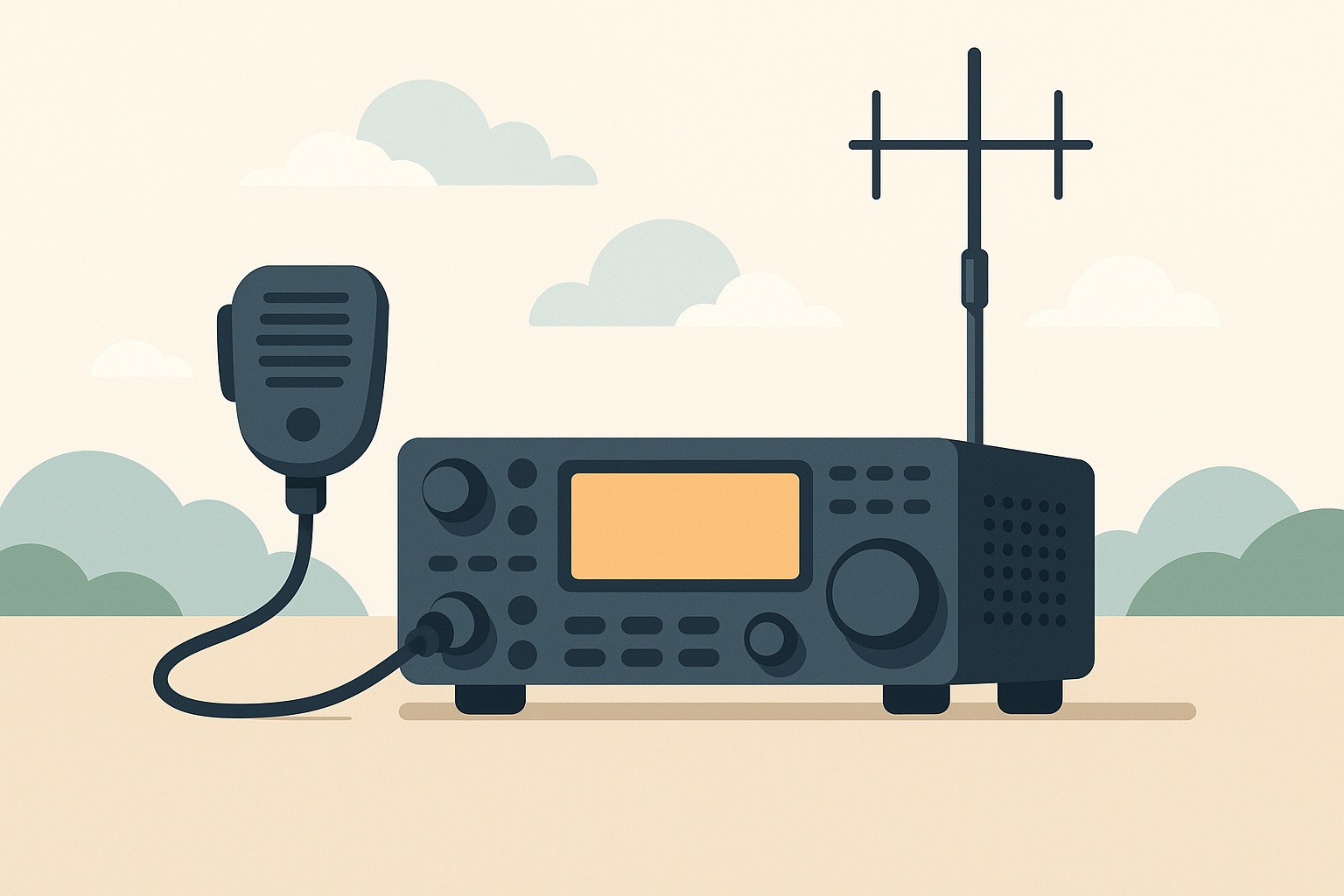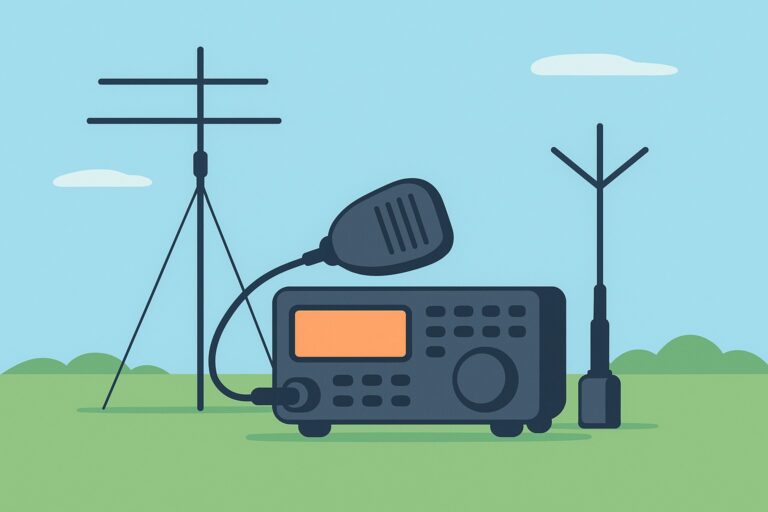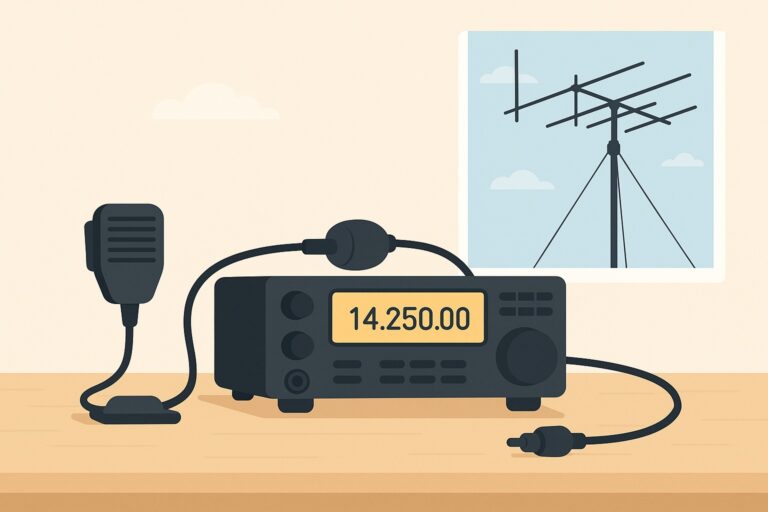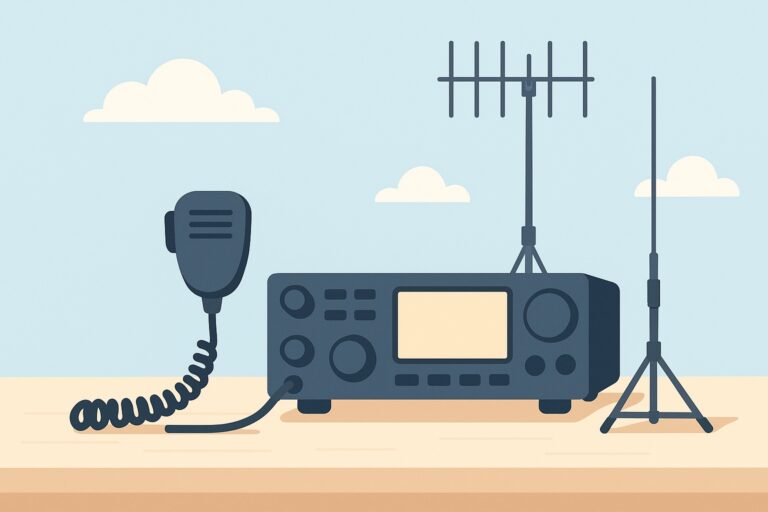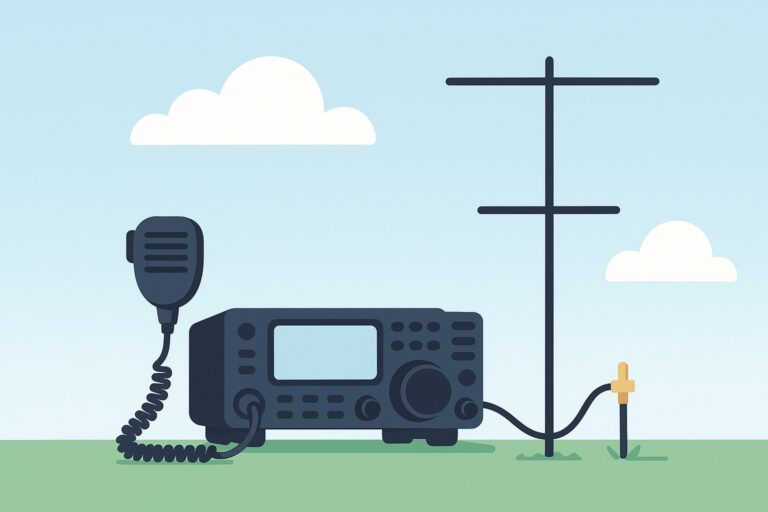Best Practices for Ham Radio Emergency Communication
When disaster strikes and conventional communication networks fail, ham radio operators step up as vital links in the emergency response chain. Their commitment to preparedness, technical knowledge, and ability to adapt under pressure make them indispensable allies for communities facing crises. Understanding the best practices for ham radio emergency communication can ensure you’re prepared to serve when you’re needed most.
Best Practices for Ham Radio Emergency Communication
Understanding the Role of Ham Radio in Emergencies
Ham radio, also known as amateur radio, has a long tradition of supporting emergency communications during natural disasters, severe weather events, and other crises. Unlike cell phones or internet-based systems, ham radios rely on decentralized, operator-owned equipment and can function independently of damaged infrastructure. This resilience is why amateur radio is often called the “last line of communication” when everything else goes down.
The importance of ham radio during emergencies is well documented. For example, during Hurricane Katrina in 2005, more than a thousand ham operators from all over the U.S. converged on the Gulf Coast to provide emergency communications assistance. In situations where power grids are down and cellular towers are offline, amateur radio operators can relay critical information between disaster sites, emergency management agencies, and relief organizations.
Agencies like the Red Cross, FEMA, and local emergency management offices frequently rely on volunteer radio operators for essential communication support. In 2017, the Red Cross requested 50 amateur radio operators be dispatched to Puerto Rico to provide communications services in the wake of Hurricane Maria. These real-world examples highlight how ham radio operators play a crucial role in saving lives and coordinating relief efforts when every second counts.
Essential Equipment and Setup for Emergency Communication
Having the right equipment and a reliable setup is the foundation of successful emergency ham radio operation. Your gear should be versatile, durable, and ready to function in adverse conditions. Here are the essentials every emergency communicator should consider:
- Handheld Transceivers (HTs): Portable, battery-powered radios are indispensable for on-the-go operations and field deployment.
- Mobile Radios: Higher power output and greater range make these ideal for use in vehicles or temporary command posts.
- Base Stations: Fixed installations with access to backup power are invaluable for coordinating large-scale operations.
- Antennas: Lightweight, portable antennas such as roll-up J-poles or mag-mounts can dramatically improve signal reach in the field.
- Power Sources: Always have backup power solutions. Deep-cycle batteries, solar panels, and portable generators keep you on the air when the grid is down.
Organize your equipment in a go-kit that’s easy to transport. Include extra batteries, chargers, coaxial cable, adapters, and basic tools for field repairs. Waterproof bags and rugged cases protect your gear from the elements. Regularly test your setup to ensure everything works together seamlessly—don’t wait until disaster strikes to find out a critical cable is missing.
Finally, maintaining up-to-date frequency lists, local repeater information, and contact details for key emergency organizations is just as important as the hardware itself. Being prepared means being ready to deploy at a moment’s notice.
Developing Effective Communication Protocols
Successful emergency communication hinges on clear, efficient, and disciplined operating procedures. With multiple operators and organizations involved, standardized protocols reduce confusion and ensure that vital messages get through.
Start by familiarizing yourself with the Incident Command System (ICS) and National Incident Management System (NIMS), which provide frameworks for communication and coordination among diverse agencies. During an activation, listen before transmitting, use plain language, and avoid jargon or codes unless specified by the incident commander.
Key best practices include:
- Use Tactical Call Signs: Assign functional call signs (such as “Shelter 1” or “Logistics”) to streamline message handling.
- Maintain Message Logs: Record all incoming and outgoing messages for accountability and reference.
- Prioritize Traffic: Emergency and priority messages should always take precedence over routine communications.
- Keep Messages Brief and Clear: Stick to the facts, avoid unnecessary chatter, and confirm receipt of all critical transmissions.
- Practice Net Discipline: Follow net control instructions, check in/out as required, and minimize interruptions.
Developing and practicing these protocols with your local club or emergency group ensures that when an actual emergency occurs, everyone knows their role and how to operate efficiently under pressure. Consistency and clarity save time—and lives—when every moment matters.
Training and Participation in Emergency Drills
Regular training and participation in emergency drills are essential for maintaining readiness and honing your skills as a ham radio emergency communicator. These exercises provide opportunities to test equipment, refine procedures, and build teamwork with other operators and agencies.
One of the most well-known training events is Field Day. Field Day is an annual amateur radio contest encouraging emergency communications preparedness, with over 30,000 operators participating each year in the United States. This event simulates emergency deployment conditions, challenging participants to set up stations in remote locations and operate off-grid for 24 hours. The hands-on experience is invaluable for learning how to overcome real-world obstacles.
Beyond Field Day, many local Amateur Radio Emergency Service (ARES) and Radio Amateur Civil Emergency Service (RACES) groups conduct regular nets, tabletop exercises, and live drills. These activities foster familiarity with emergency protocols and help identify weaknesses in your setup or team coordination.
Commit to ongoing education by pursuing certifications such as the ARRL Emergency Communications courses. Encourage your fellow operators to do the same—well-trained teams are more effective and reliable in a crisis. Remember, practice isn’t just for the newcomers; even seasoned operators benefit from regular refreshers and simulated emergency scenarios.
Integrating with Emergency Response Organizations
Building relationships with established emergency response organizations amplifies the impact of amateur radio during disasters. Integration ensures that your efforts complement broader response initiatives and that your skills are put to the best possible use.
The American Radio Relay League (ARRL) is the leading advocate for amateur radio in the United States. The American Radio Relay League (ARRL) has approximately 161,000 members, including over 7,000 members in other countries. Through its Amateur Radio Emergency Service (ARES) program, the ARRL organizes volunteer operators and coordinates with agencies at local, state, and national levels.
Collaboration is formalized through agreements. The Amateur Radio Emergency Service (ARES) has Memorandums of Understanding with organizations including the American Red Cross, National Weather Service, and the Salvation Army. These partnerships ensure that radio operators are recognized participants in emergency plans and can be rapidly deployed where they’re needed most.
To integrate effectively:
- Attend meetings and training sessions with emergency management agencies in your community.
- Volunteer for drills and exercises organized by partner organizations.
- Stay informed about local emergency plans and protocols.
- Share your contact information and capabilities with response coordinators.
By proactively building these connections, you help ensure that amateur radio remains a trusted, valued asset during emergencies. For more tips, resources, and guides, visit https://hamradioplayground.com to stay connected with the latest in ham radio emergency communications.

